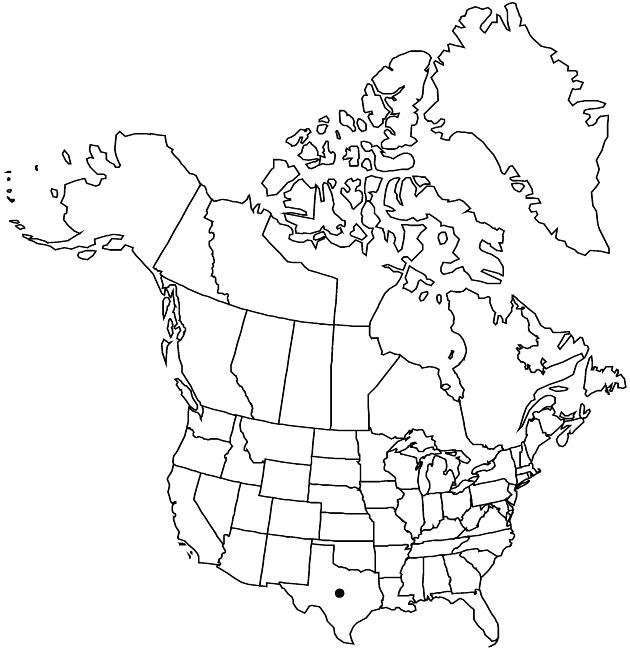Difference between revisions of "Pseudoclappia watsonii"
Sida 6: 317, fig. 1. 1976.
Endemic
imported>Volume Importer |
imported>Volume Importer |
||
| Line 49: | Line 49: | ||
|publication year=1976 | |publication year=1976 | ||
|special status=Endemic | |special status=Endemic | ||
| − | |source xml=https:// | + | |source xml=https://bitbucket.org/aafc-mbb/fna-data-curation/src/2e0870ddd59836b60bcf96646a41e87ea5a5943a/coarse_grained_fna_xml/V19-20-21/V21_626.xml |
|tribe=Asteraceae tribe Heliantheae | |tribe=Asteraceae tribe Heliantheae | ||
|subtribe=Asteraceae (tribe Heliantheae) subtribe Clappiinae | |subtribe=Asteraceae (tribe Heliantheae) subtribe Clappiinae | ||
Latest revision as of 21:13, 5 November 2020
Leaf blades 12–17 mm. Ray florets 6–11; laminae 10–13 mm. Disc florets ca. 25; corollas 8–8.5 mm. Cypselae ca. 4 mm; pappi 8–10 mm. 2n = ca. 36.
Phenology: Flowering spring–summer.
Habitat: Clays or gypseous soils, seeps, springs
Elevation: 900 m
Discussion
Selected References
None.
Lower Taxa
None.
